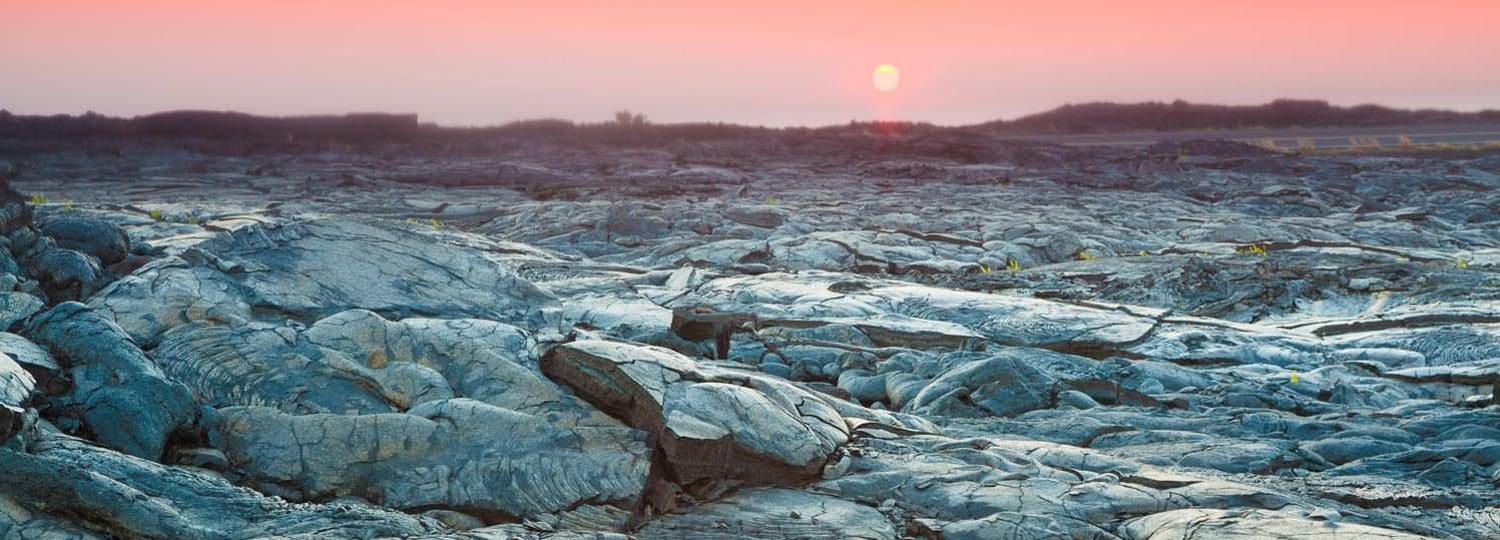Attend the Kona Brewers Festival
The western side of the Big Island is home to Kona Brewing Company and that success has spurred one of the best brew festivals in Hawaii.

On January 19th, 2017, six scientists entered a hermetically-sealed bio-dome atop the Big Island’s Mauna Loa volcano with the goal of testing the human elements involved with long-term settlement and research at a potential Mars site. Nearly 8 months later, the crew emerged – the fifth set of researchers to do so – with an optimistic outlook on the viability of a Mars research center.
The program, which began in 2013, is a joint venture between NASA and the University of Hawaii. Called HI-SEAS, all long-term crew isolations were intended to study the human elements of longer duration stays. Teams explored basic elements of isolated life, including temperature control over artificial habitats, culinary and agricultural possibilities, and how interpersonal conflicts in closed environments affect performance and problem-solving abilities.
With limited outside communication and simulated delays with mission control, the crew was dependent on each other for support, teamwork, and solving the near 40 daily research tasks assigned to them. While they were permitted to leave the capsule, mission parameters required the use of a spacesuit to exit and explore the surrounding environment.
As for the site itself, the location along the slopes of Mauna Loa offered unique geographic opportunities for NASA to prepare for a potential Mars mission. A high-altitude, low-humidity location was ideal, but the surrounding landscape of the volcano mimics the environment found on Mars. Physically isolated, lacking in plant or wildlife, and formed primarily by lava flows, the rocky, basaltic materials found near the site look and feel similar to what a Mars crew would experience during a long-term mission.
So what did the crew of HI-SEAS V learn during their 8 months in isolation?
“Long-term space travel is absolutely possible,” said Laura Lark, a HI-SEAS V crew member specializing in computer systems and information technology. “There are certainly technical challenges to be overcome. There are certainly human factors to be figured out, that’s part of what HI-SEAS is for. But I think that overcoming those challenges is just a matter of effort. We are absolutely capable of it.”
When the crew emerged, they were greeted with a fresh, banquet-style meal with the rest of their support crew – a far cry from their freeze-dried and self-grown diet during the mission. Another HI-SEAS mission is planned for the Mauna Loa site in 2018.
The western side of the Big Island is home to Kona Brewing Company and that success has spurred one of the best brew festivals in Hawaii.
The Big Island is a major hub for island-grown art and culture, and these events make for the perfect Friday evening outing for those who appreciate it.